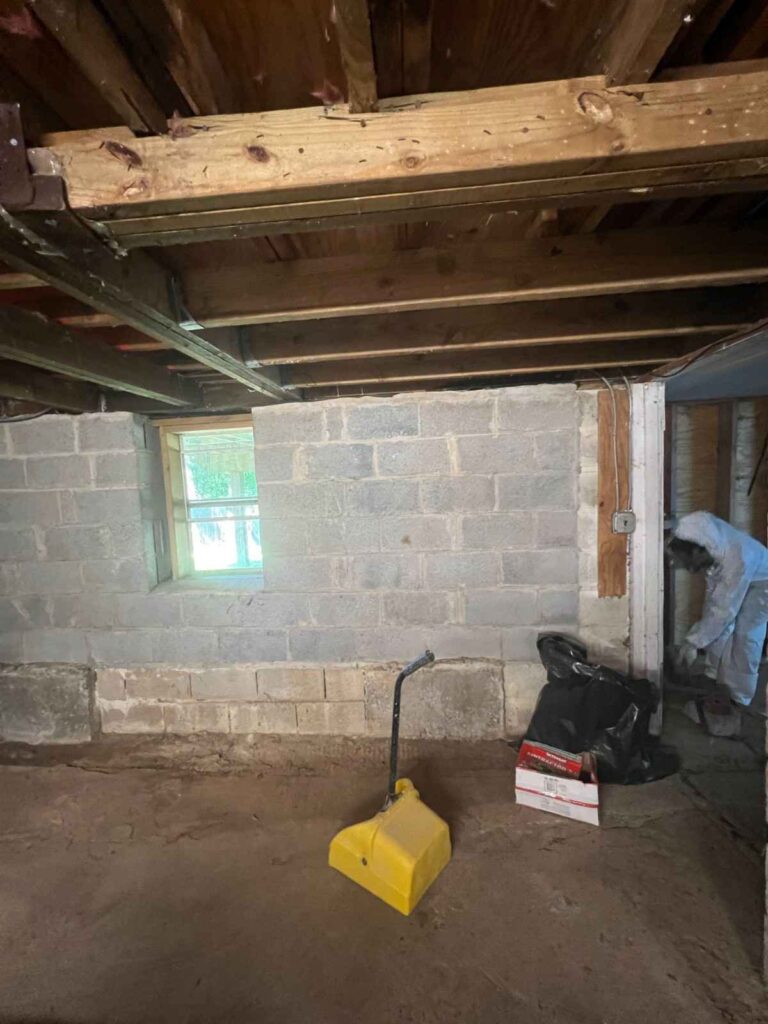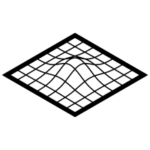Mold Remediation with Green Guard Mold Remediation Plainfield
Our team at Green Guard Mold Remediation Plainfield takes pride in our ability to create healthier indoor and outdoor environments by effectively addressing mold issues. Whether you’re confronted with visible mold growth or suspect hidden mold lurking in your home or workplace, we’re here to provide reliable and professional services tailored to your unique needs.
About Us
Green Guard Mold Remediation Plainfield


Green Guard Mold Remediation Plainfield is your trusted partner in creating safe, mold-free spaces in Plainfield, New Jersey, and surrounding areas. Mold isn’t just a problem; it’s a hazard that can compromise the integrity of your property and the well-being of those who live or work there. With our team of certified professionals and years of experience, we are dedicated to providing reliable solutions that address the immediate problem and prevent future mold growth.
Our work begins with understanding your property’s unique challenges. Every space is different, and so are its mold issues. That’s why we approach each project carefully and precisely, using advanced tools to locate and eliminate mold at its root. Whether a small residential job or a large commercial project, our solutions are tailored to meet your needs efficiently and professionally.
At the core of our services is a commitment to health and safety. We use eco-friendly, non-toxic products that protect the environment while ensuring a thorough remediation process. From initial inspection to final prevention strategies, every step we take is focused on delivering lasting results and peace of mind. Our goal is to provide a space where you can feel confident, knowing it is clean, healthy, and safe.
Testing methods
Moisture Meters
Moisture meters measure the moisture content in building materials, helping identify areas prone to mold growth. Elevated moisture levels indicate potential moisture intrusion, providing valuable insights for further investigation.
Air Sampling
Air sampling involves collecting air samples from indoor environments and analyzing them for mold spores. This method quantifies the types and concentrations of mold present in the air, providing valuable data for assessing indoor air quality.
Thermal Imaging
Thermal imaging cameras detect temperature variations in building materials, which may signify moisture accumulation and potential mold growth. This non-invasive method helps identify hidden moisture sources behind walls or in concealed spaces.
Surface Sampling
Surface sampling entails collecting samples from visible mold growth or suspected areas of mold contamination. These samples undergo laboratory analysis to identify the types of mold present and assess potential health risks associated with exposure.
Once mold is detected, our team develops tailored remediation plans to address the issue effectively. We prioritize the safety of occupants and the protection of property during the remediation process. Our certified mold experts in Plainfield NJ utilize industry-best practices, state-of-the-art equipment, and environmentally friendly techniques to remove mold safely and efficiently. Whether it’s removing visible mold colonies or addressing hidden mold growth, we are committed to restoring your indoor environment to a clean and healthy state
In addition to mold detection and remediation in Plainfield New Jersey, we offer protective measures to prevent future mold issues. Our team provides recommendations for moisture control, ventilation improvements, and other preventive measures to minimize the risk of mold recurrence. We also offer mold-resistant coatings and treatments to protect vulnerable surfaces from mold growth. By implementing these protective measures, we help ensure long-term protection against mold and maintain a healthy indoor environment for years to come.
At Green Guard Mold Remediation Plainfield, we prioritize transparent communication and customer satisfaction. From the initial consultation to the completion of the project, we keep you informed every step of the way, addressing any questions or concerns you may have. Our team is dedicated to delivering excellence in every aspect of our work, striving to exceed industry standards and provide unparalleled service to our clients.
What we do
Certified Expert Mold Removal & Remediation Green Guard Mold Remediation Plainfield NJ

Air Sampling
Air sampling is a key technique in this regard. Mold spores are present.

Surface Sampling
Surface sampling involves collecting samples from various surfaces.

Moisture and Leak
Air sampling is a key technique in this regard. Mold spores are present.

Visual Mold Inspection
Skilled experts in visual mold inspection play a crucial role in identifying and averting mold issues at an early stage.
The Comprehensive Approach to Mold Detection:
Visual Inspection and Testing Methods
Mold, a type of fungus, is a common issue in indoor environments, thriving in damp and humid conditions. While some mold growth may be visible, detecting mold often requires a combination of visual inspection and testing methods. This comprehensive approach ensures a thorough assessment of indoor spaces, especially in cases where mold presence is suspected but not easily visible. In such instances, hiring professional mold inspectors or environmental consultants in Plainfield NJ becomes crucial for accurate detection and effective remediation.
- 321 E 3RD ST , PLAINFIELD, NJ 07060
- greenguardmoldplainfield@gmail.com
- Call us: +1 888-793-7963








